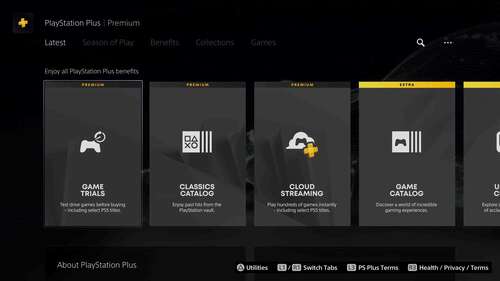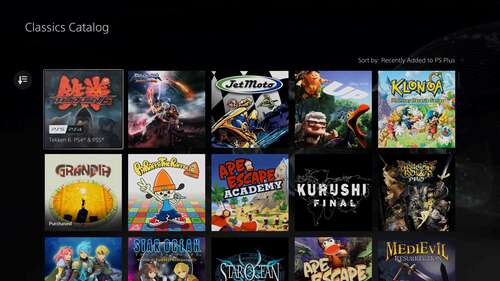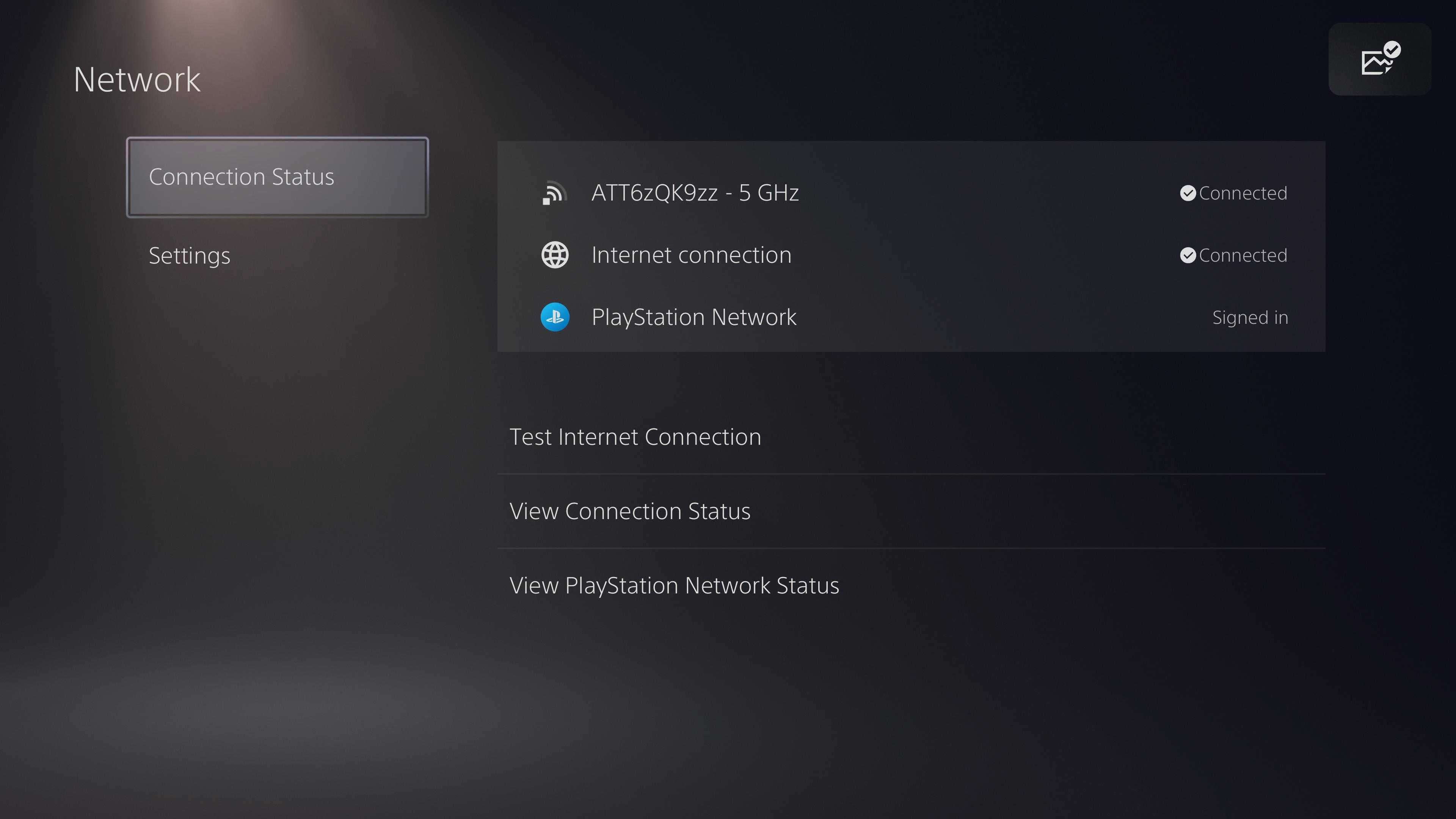If you’re a PlayStation 5 player, you have probably noticed the all-new PlayStation Plus tiers the company rolled out in recent years. The highest tier gets you get access to exclusive discounts, a selection of free current-gen games and the biggest selling point: the Classics Catalog. So considering it’s over twice the price of the Essential tier, is it worth the extra cost?
What Is PlayStation Plus?
PlayStation Plus is a monthly subscription service for PlayStation users that offers access to online multiplayer and exclusive discounts on a wide selection of games on the PlayStation Store. With an exclusive selection of free games every month, the subscription is a worthwhile investment for any avid PlayStation fan as some major titles began appearing on the service for only $60 for an entire year. However, with the release of the PlayStation 5 and the bloated budgets of many of Sony’s first-party titles nowadays, the company looked for ways to monetize their platform even more.
The home page of the PlayStation Plus Premium membership, which offers free game trials, the Classics Catalog and cloud streaming.
This is where subscription tiers came in, which included the new Extra and Premium tiers which offer different benefits from the original plan. While the basic plan remained the same, the Extra tier now offers an expanded catalog of PS4 and 5 games for a slightly higher $14.99 monthly or $134.99 annually. Meanwhile, the expensive Premium tier, at $18 a month or $160 annually, grants you access to a wide selection of classic PlayStation 1, 2 and 3 games via the Classics Catalog.
The Classics Catalog: Exciting, But Limited
If you’re a fan of old-school or licensed PlayStation games, the Classics Catalog is likely to make you giddy with the number of choices. The selection comes with its share of drawbacks that keep it from really shining, though, like lackluster ports and a heavy reliance on streaming. I mainly picked up the subscription to play the original Sly Cooper games, but I was impressed with the vast selection of classic titles like God of War, Infamous and even Star Wars: The Force Unleashed. My excitement quickly turned to mild disappointment, however, as the big, fat “Stream” button appeared underneath many of the titles and I realized that I couldn’t download any of those games to my console.
The main page of the classics catalog offers many PS4 and PS5 ports of classic games, but many are available only through cloud streaming.
I decided to trudge ahead anyway, so I browsed the catalog and found what I was looking for, The Sly Collection for the PlayStation 3. This was disappointing, as that version is known for having audio issues and a lack of polish, but in terms of streaming quality, after getting through on level in Thievius Racoonus, I was initially impressed. The controls were responsive and the visuals, while dated, looked as they were supposed to. I played all night and it wasn’t until the next day when I tried to play while my whole family was awake that I began to run into the biggest pitfall of the entire service; bandwidth issues.
As it turned out, I got lucky on that first day, as I was playing late at night and everyone was asleep. This meant no one was streaming movies, downloading files or using our household internet in any significant capacity except for me. As soon as I booted up the game while everyone was home and I was no longer the sole denizen on the Wi-Fi, things became unplayable. The game booted up fuzzy and with egregious input lag. Before long, I got a warning that my internet connection quality was too low for game streaming and that the game would close itself down in 30 seconds.
“Classics” Are Actually “Upgraded” Ports
When it comes to the Classics Collection, I was also confused and disappointed to find that many of what were originally PS2 games available in the collection are just PS3 remasters rather than the original releases. This isn’t a major problem and in some ways provides graphical upgrades to those original games. Still, some releases, like The Sly Collection, come with issues like bugs and visual quirks that did not exist in the original versions. In essence, some of the titles are not the ideal versions to play in the first place and combined with connection and latency issues, they can be tricky to recommend for new players.
The unfortunate fact of the matter for Sony is that their complicated development process for some of their old hardware has made it difficult to produce modern ports, leaving many of their old games stuck on outdated hardware. Rather than attempting to rescue these titles from the hardware it was developed for, Sony opted to just run the games on that original hardware and stream them to your console instead.
The PlayStation 3’s native architecture was notoriously complex even at the time of its release, making development for the console tricky. Even the popular PS3 emulator RPCS3 is only just now becoming stable and still requires a beefy PC to run well. Meanwhile, the Xbox has offered backward-compatible games from as far back as the 360 throughout both the current and previous generations. Considering they created the hardware, it is disappointing that Sony cannot expend the resources to figure out their console’s inner workings and port these games directly.
How to Improve the Streaming Experience
Despite its flaws, the Classics Catalog can be a great asset for avid PlayStation users who appreciate the platform’s long history of games or hope to relive some old favorites. However, there are a few prerequisites for ensuring a seamless experience before I can confidently recommend shelling out $18 a month for the service.
The easiest way to ensure a seamless experience with game streaming on the PS5 is to play when no one is home or is otherwise using the Wi-Fi in a significant capacity. However, there are some other things you can do to reduce the risk of losing all your progress thanks to a random outage that makes your game crash. The first thing you should do is conduct a bandwidth test to see if you have a strong enough connection for streaming in the first place. You can check this by going to the settings menu on your PS5’s home screen and selecting “Network” and then “Test Internet Connection.” The minimum bandwidth for game streaming on PS5 is five megabytes per second and the connection speed section at the bottom should tell you whether you meet that threshold.
Provided you exceed the minimum bandwidth, the next thing to do is ensure you do not have any ongoing downloads for games or DLC on your PS5 or other devices as those will take bandwidth priority and disrupt streaming. Additionally, disabling the Wi-Fi on other connected devices will reduce the strain on your bandwidth and potentially increase your console’s connection speed. Finally, if all else fails, a wired connection via an Ethernet cable plugged directly into your router via the PS5’s Ethernet port on the back of the console can circumvent many of these issues. This will not only allow faster streaming but will increase your connection speeds overall provided you are close enough to your router or can afford to run the cable through your walls.




